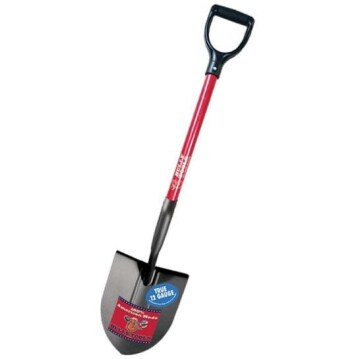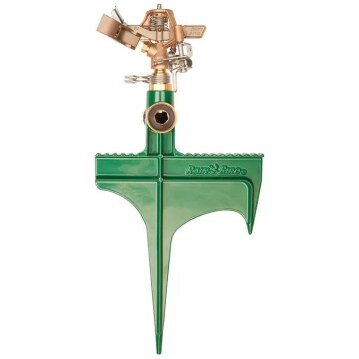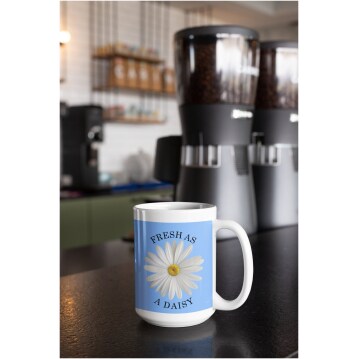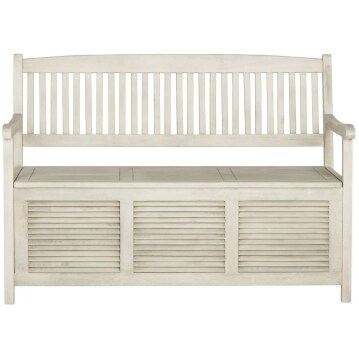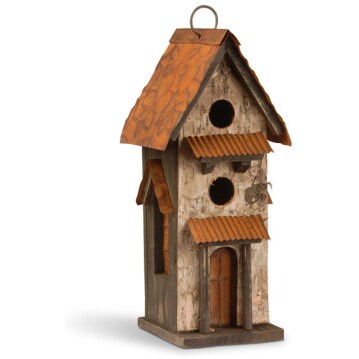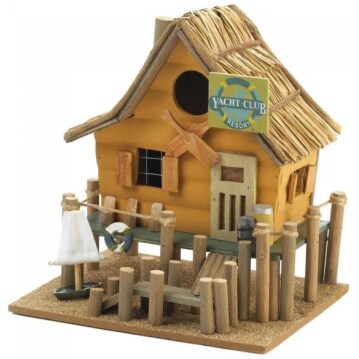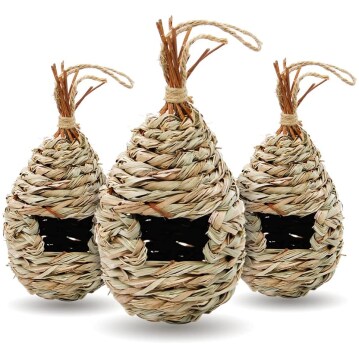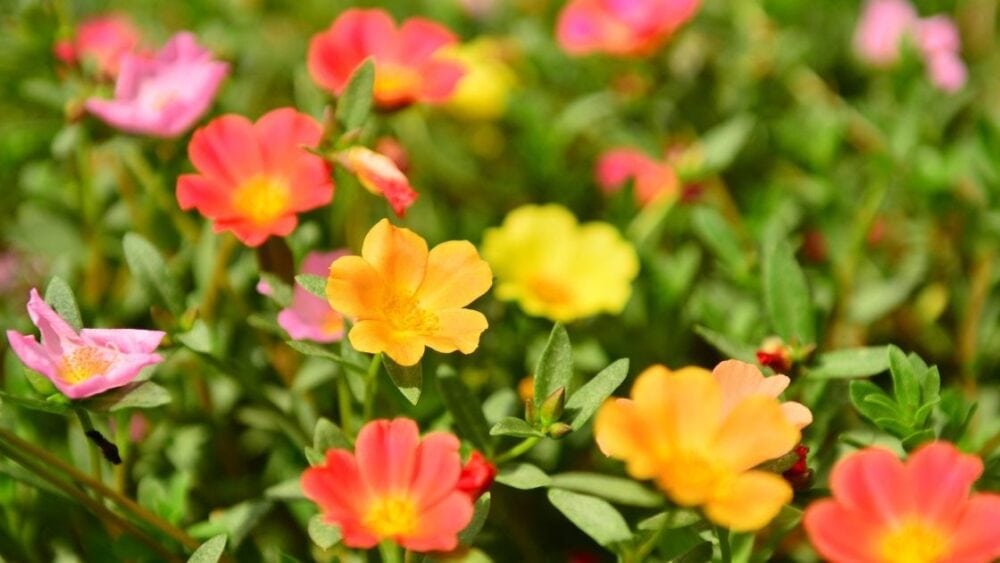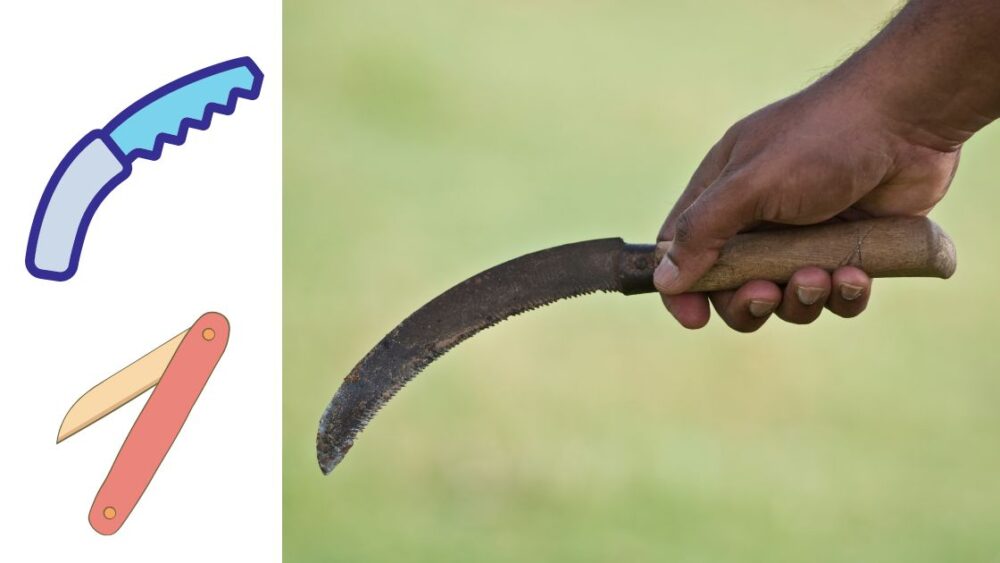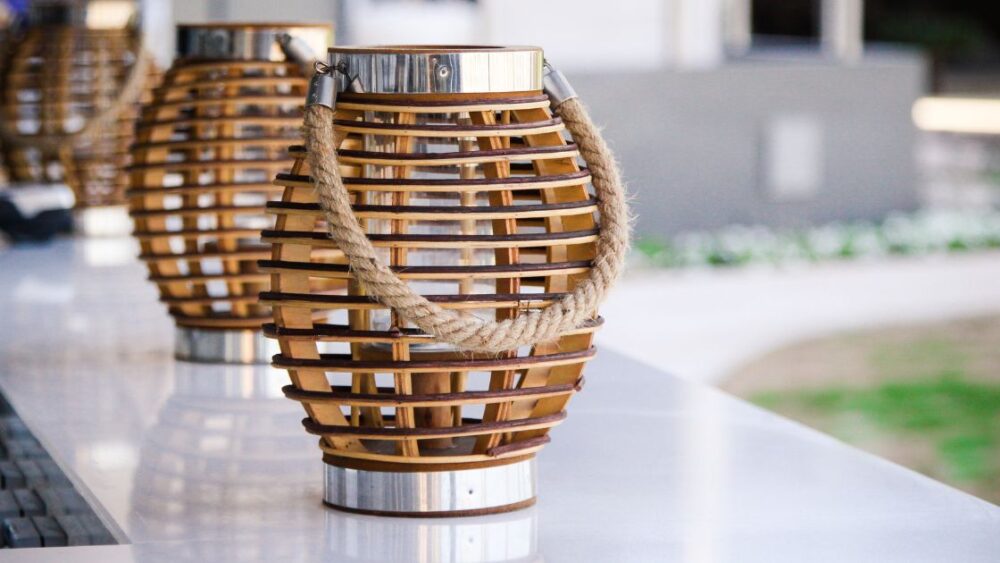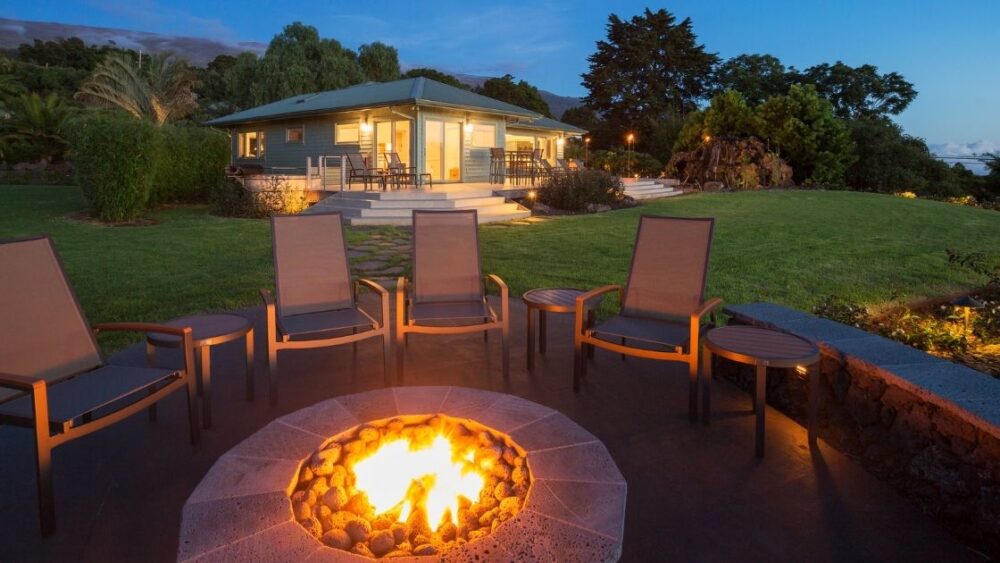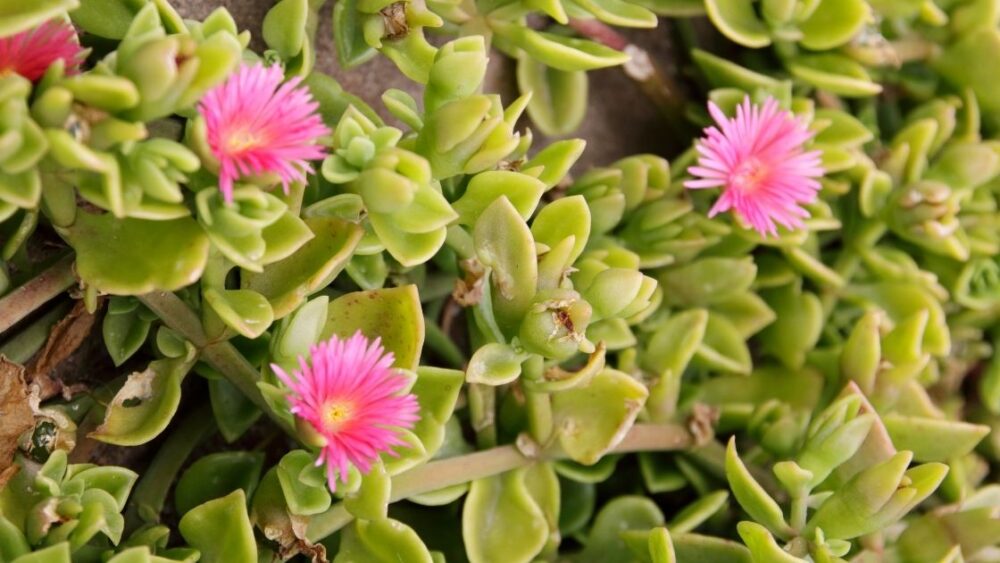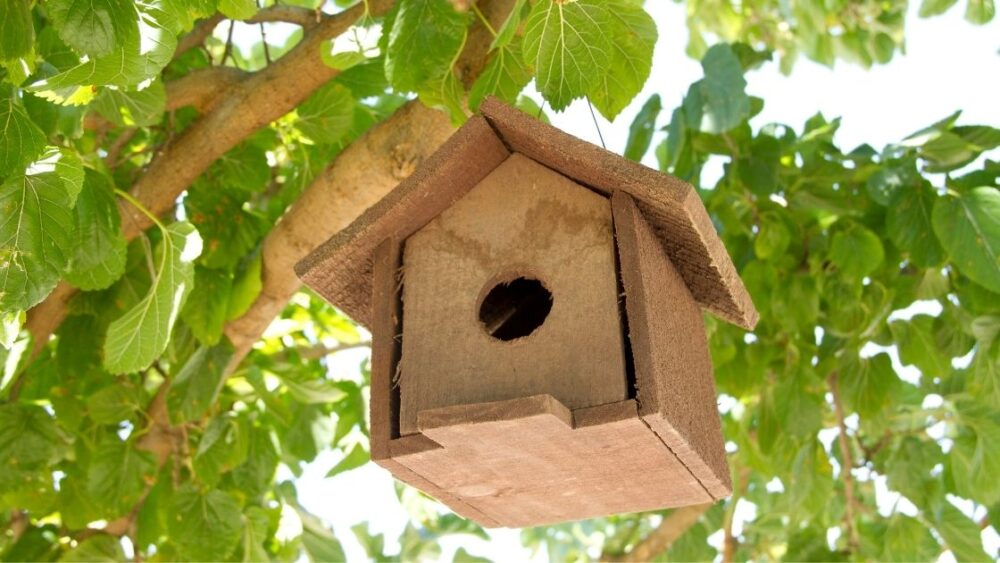
If you’re looking to attract more birds to your yard, you may be wondering if you should put up a birdhouse or buy a bird feeder. While each are great at inviting feathered friends, each has its own uses and requirements. In this article, we will discuss the pros and cons of each and will try and help you decide what is best for your yard and garden.
Shelter or Feeding? – all about a birdhouse and bird feeder
Birdhouse is a structural design used for housing and keeping birds safe, at home or in the woods. One thing you should consider is the type of birds kept in the birdhouse. Unlike a bird feeder, a birdhouse (also known as a nest box) supports cavity-nesting bird species compared to seed-loving birds. One of the differentiating factors between a birdhouse and a bird feeder is the feed type: a birdhouse greatly supports insect and berries-loving birds. And this is one of the reasons a birdhouse comes with a single opening.
A birdhouse has one opening serving as both entering and existing media. The opening shut out predators, making a birdhouse more of a shelter than a feeder. Insects are tiny animals, they find their way around the birdhouse, or the bird keeper supplies them. The only way a bird is accessible in a birdhouse is the tiny single hole at the entrance. All seeds or peanuts may not pass through the opening, unlike a bird feeder. Thus, another way you can separate a birdhouse and a bird feeder is the presence of a feeder or feeding space. A birdhouse does not have a feeding space, whereas this is a priority that defines a bird feeder.
Browse our Affiliate Products
So by definition, a birdhouse is strictly made for nesting and seasonal changes, while a bird feeder holds seeds or peanuts. A bird feeder aids easy access to feeds; however, a birdhouse keeps a bird-safe from danger. When a bird feeder is built in a tree, it looks similar to a birdhouse, just that the space for feeding is always apparent. At any controversial stage, remember that a bird feeder may be similarly made to look like a birdhouse and not the other way round. It would be best if you could identify a birdhouse and bird feeder independently. Another thing is the type of material used in making the birdhouse or bird feeder. Based on this, a bird feeder could only be similar to a birdhouse if the mesh (for holding peanuts) is metal mesh – or made of a clear plastic window to hold seeds.
Lastly, another way to verify the type of feeders you see out there is to consider the metal or wood construction. All birdhouses, similar to bird feeders, should be of wood material from the above. Now, you can identify a true birdhouse or bird feeder. So, let’s consider their advantages and what you should consider before building or buying a birdhouse or bird feeder.
Another way to attract birds is using bird baths. For more information, check out these articles below:
- How Do I Start a Bird Bath and Begin Attracting Birds?
- What Are Bird Baths Used For? (Uses and Options)
Pros of birdhouses
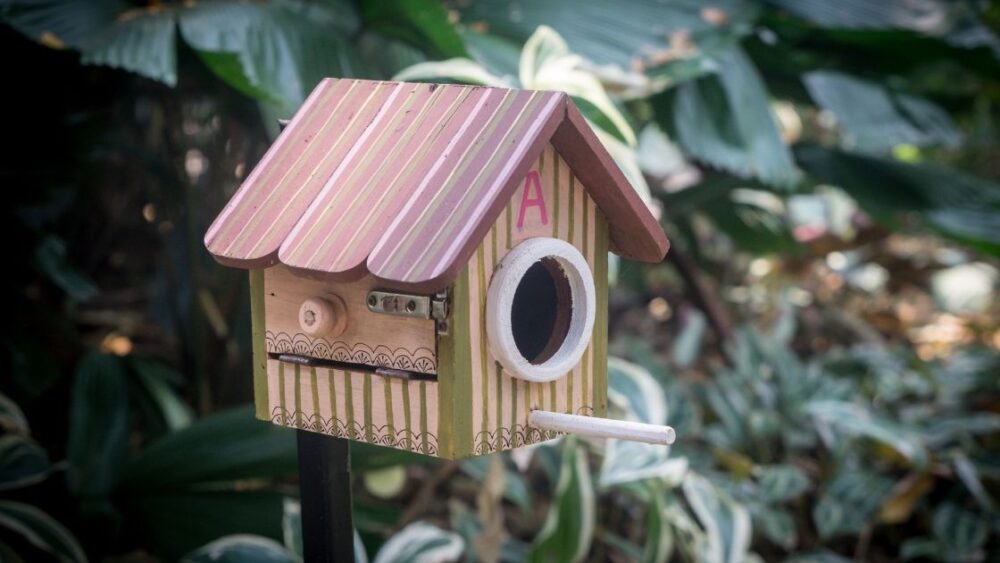
1. Pest control
If your house is pest populated, you may install a birdhouse; it provides shelter for birds, and they feed on pests. Pests are common in gardens or houses near a river because of the cold and moisture. Getting yourself surrounded by birds is one of the ways to reduce the pest population. A birdhouse is more suitable than a bird feeder because the birds leave and easily enter the birdhouse.
2. Weed control
Weeding is a stressful task. Why do you stress yourself if you could control it naturally by investing in birdhouses? Birds feed on nectar and sometimes damage the reproductive parts of the weeds. If you invite birds into your neighborhood by installing birdhouses, they reduce weeds organically.
3. Bird assist pollination
Pollination is essential in gardening and horticulture. Birds and bees are the primary factors that contribute to excellent pollination. You invite birds into your garden if you install birdhouses, thus increasing the pollination rate. Pollination by birds may not be accountable, and the reproduction rates may be affected. Therefore, ensure you are okay with bird pollination before you install birdhouses.
4. Bird dropping serves as fertilizer.
Bird droppings are good fertilizers. Some gardeners depend on these drops to make a good output of their flowers. Unlike other types of cultivation, garden plants are mild and support little harsh exposure. Instead of the strong fertilizer that may damage the garden plants, bird drops are perfect choices for productivity.
5. Opportunity to breed more birds
Bird breeding is effective by installing birdhouses. Like a project conducted in 1970 (the bluebird trails), the project focused on breeding birds by installing numerous birdhouses in the field. You may consider installing more than one birdhouse if your purpose is bird breeding.
6. Several options for decoration
Birdhouses are decorative. There are several options for decors, design, and creativity. For example, a birdhouse built with wood may undergo several woodworks for beautification, decorations, and accommodations.
Cons of birdhouses
1. Suitable for small birds only
Birdhouses are suitable for small birds. Unlike the way all birds nest on the tree, a birdhouse provides a lot of shelter and protection for small birds. Although the entrance hole may be widened, it may give free entrance to predators.
2. Birds may not nest in the birdhouse.
You may try to get birds into your birdhouse; however, they may decide not to nest in it. This is common among birds that have already nested nearby. Another reason for this is the placement height. If the birdhouse is located slightly lower than the bird’s choice, it may nest in a higher position, especially on a tree. In short, it may not be easy to get birds nested in a birdhouse placed in a tree.
Pros of bird feeder
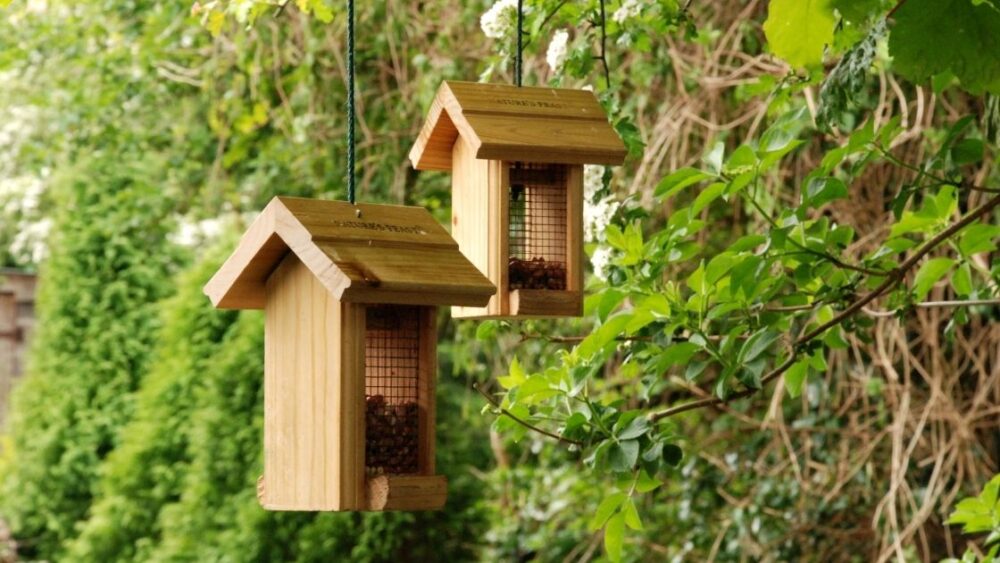
1. Feed more and experience nature
A bird feeder provides birds with plenty of advantages to feeding more. Unlike a birdhouse, many birds can live in a bird feeder together. It also allows you to feed the birds directly. Aside from other advantages, you experience nature more with a bird feeder. For example, a bird feeder will enable birds to stay outside the feeder than inside due to food availability. Therefore, you can experience nature more, get acquainted with the birds, and create familiarity.
2. Give room to parent bird and chicks relationship.
Birds’ reproduction multiplies during the summer. There are plenty of food demands compared to other seasons. A house with a bird feeder provides an opportunity for parent birds to feed their chicks regularly. The more the feeding option, the less time parent birds forage. Bird feeder doesn’t only provide food; it also reduces predatory actions and improves bird conservation.
3. Promotes healthy birds
What is the benefit of a shelter without good health? A bird feeder promotes good health since the primary feature is to create space for food. Unlike a birdhouse, a bird feeder gives the best route for direct feeding and sound health.
4. Reduce predators
Most bird feeders are wildly open – this permits a full viewing angle to behold predators. Birds quickly fly away when they notice predators. Unlike a birdhouse, the bird feeder provides easy flying access since they are not usually designed with an entrance or small openings.
Cons of bird feeder
1. Messy environment
Unless you have a plan or are ready to clean the bird feeder and remain, you may think twice before setting up a bird feeder. Unlike a birdhouse, a bird feeder provides a specific feeding option for birds. Birds are messy naturally, so they tend to recreate your environment with litter after eating.
2. High cost of maintenance
A bird feeder is similar to our dining room; you always keep it tidy, clean, and neat. The bird feeder should be a replica of the dining room. It must be healthy for the birds. Some hygiene are cleaning after long eating, separating food from drops, and making the bird feeder suitable for the next feeding period.
Which should you choose between a bird feeder and a birdhouse?
If you use the pros and cons of each bird nest as a guide, you won’t make a mistake in choosing the best. For example, if you need to examine birds, play, and have fun while the birds are busy eating, you may consider installing a bird feeder. A bird feeder is suitable for direct bird feeding. Peradventure, you have kids that love birds, or you are a lover yourself, you may consider a bird feeder over a birdhouse.
Notwithstanding, if your reason to install a bird’s nest is to keep your environment safe from pests and insects, you may install a birdhouse. A birdhouse houses birds. Birdhouses promote fewer activities and are suitable for insect-feeding birds, unlike bird feeders that accommodate seeds and peanuts. Ensure that you have studied the pros and cons of each house, and link them to the reason you wish to install a bird’s nest.
